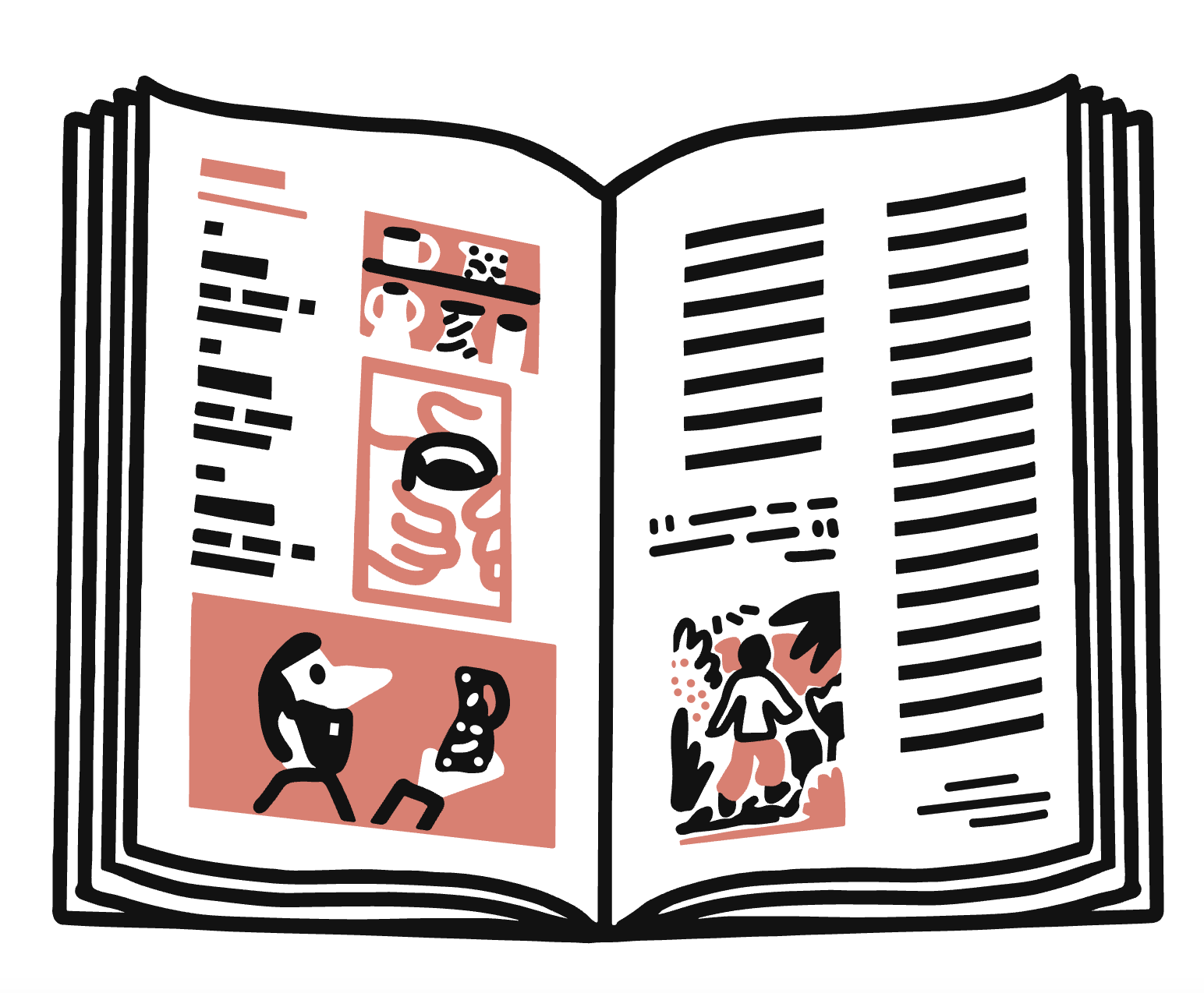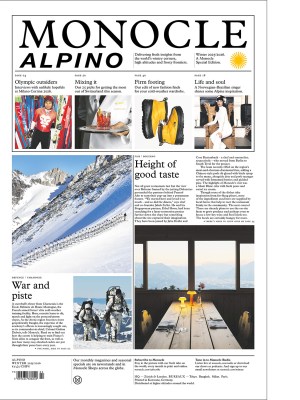Interview: Bruno Pavlovsky on Chanel’s Matthieu Blazy chapter: ‘The brand is back’
As Matthieu Blazy takes the reins at Chanel, president Bruno Pavlovsky shares how the designer is reshaping the brand.
Bruno Pavlovsky, Chanel’s president of fashion, was the first to start a conversation with French-Belgian designer Matthieu Blazy about the future of the heritage label. More than a year later, Blazy has settled into his new position as the house’s artistic director of fashion activities and has just presented his first collection inside the vast halls of the Grand Palais, receiving a standing ovation for his ability to both respect and reimagine Chanel’s house codes.
Over a cup of tea at Le Grand Café, Pavlovsky tells Monocle about the process of bringing Blazy on board, the importance of embracing change and how he plans to ensure Chanel’s continued growth.
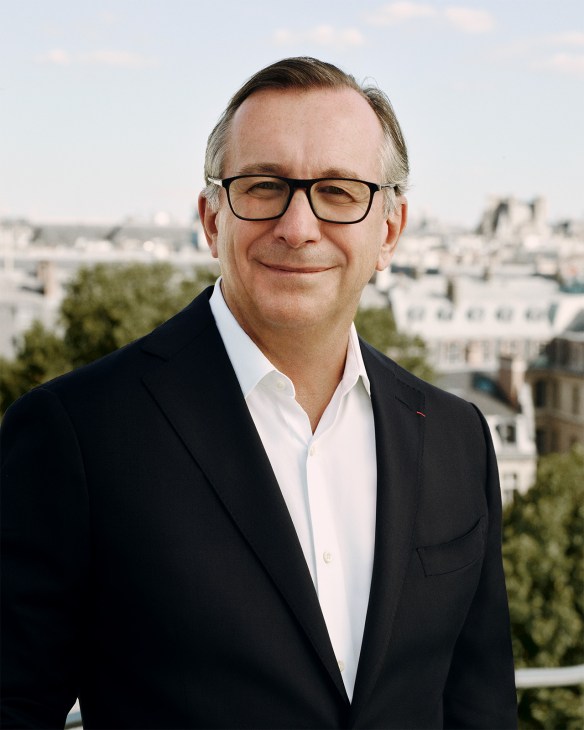
What first appealed to you about Matthieu Blazy and his vision?
His connection to the product: bags, shoes, denim. He is a product guy, which is good news because Chanel is a product-focused brand. We’re a near €20bn business and we want to continue growing.
I was the first one to speak to Matthieu and I’m happy to say that what we talked about 15 months ago is what’s happening now. We communicate every day and this level of openness is important in such a big company. We want Matthieu to have the freedom to create but at the same time, we want to continue to sell. It’s a giant puzzle but each piece is falling into place.
Did you expect him to introduce so much creative change?
If I saw something similar to last season’s collection, I would have been upset. But here I am smiling. We’re all about Chanel and the codes of the house but we’re opening ourselves to new horizons; something that is the same but different. We’re receptive to what the brand can become in the future.
You can’t have change without reaction. Some might be unhappy [with the changes] but I’m sure that the next collection will be even better because the process isn’t straightforward.
Did you approach the making of this collection differently?
Matthieu joined six months ago and he began working on the new collection on day one – we wanted to get ahead. At Chanel we can be quite last-minute and that’s neither good nor bad. We want to leave room for inspiration and romance, and it’s also quite interesting to try to anticipate. The collection that you have just seen has already gone through most of our team and partners, so we’re nearly ready to start manufacturing. We need this kind of evolution.
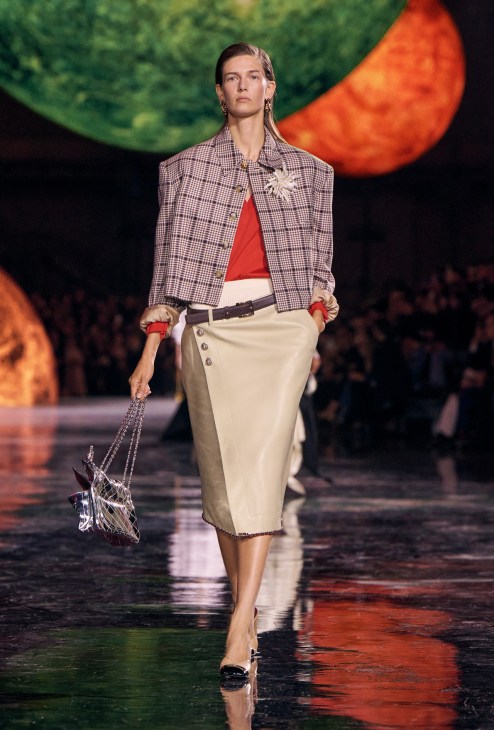
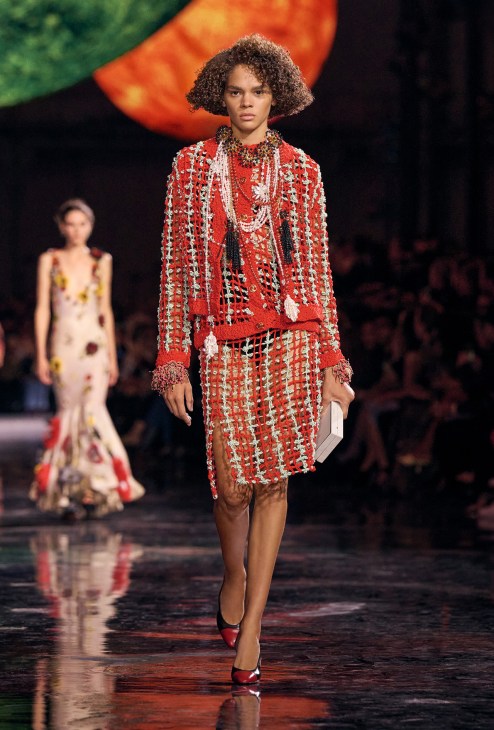
Will this allow you to deliver the runway collections to boutiques quicker?
Our boutiques’ success relies on the styles that we offer but it also depends on our ability to deliver on time. It’s a lot to do with the materials. In this instance, we started working on 70 new threads to then be able to develop new fabrics, which takes a lot of time.
We’re focused on the brand and Matthieu’s creative inspiration but if we are able to embrace new ways of working and become more strategic about our deliveries, that will be another positive development.
How has the team adjusted to working under the direction of Blazy?
The team has worked under both Karl [Lagerfeld] and Virginie [Viard]. Matthieu has his own way of operating and, at first, we needed to adapt. It’s about accepting that in the past, we were doing things one way and now another. It’s not about what’s better, it’s about finding the right balance between everyone involved. Matthieu has been collaborating a lot with ateliers and working with toiles. We don’t usually do this for ready-to-wear items but some pieces, such as the jackets, have been completely reconstructed.
How has business been in the lead-up to the big debut?
The brand is back: the boutiques are packed, ready-to-wear is flying and business has been quite strong for a few months. It’s not just a single boutique: we’ve seen improvement in China and good sales in Japan, South Korea, the US and Europe. On the Saturday [of Paris Fashion Week], Parisian boutiques had record sales, with customers from around the world. This fashion week has been particularly attractive, so we’re in a strong position.
Having said that, we don’t know what the situation will be tomorrow. A few years ago we were confident about our ability to continue this development. But if you ask me about 2026 today, I would say that I’m cautious. At the same time, we have incredible collections that are now being delivered and more to come in the next year. Customer expectations are positive: they know that they should anticipate something but are not sure exactly what. That will be my job: to plan the launches of Matthieu’s collection in our boutiques, starting in February.
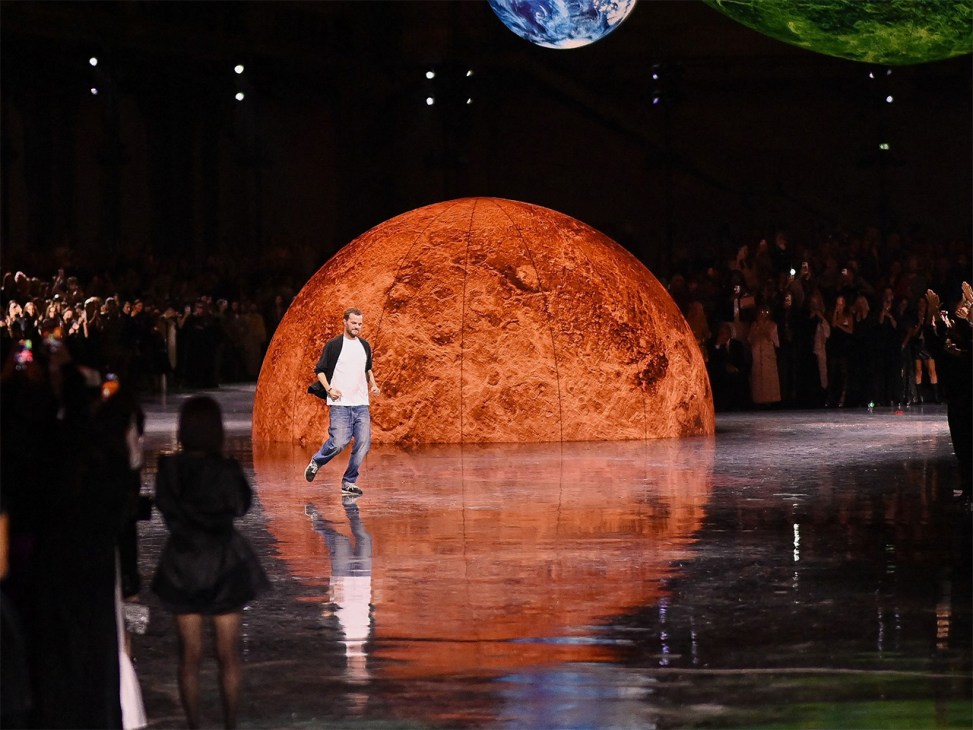
Have you had to adjust your business strategy following Matthieu’s arrival?
We are continuing with what we have been doing over the past two years: operating in a more local way when the collections are launched. The ecosystem that we developed in China is quite different to the ones we have in Japan or in Europe. We have to be specific to the market because that is what our clients expect from us. For example, we are doing well in China because of our investment in the market over the past 12 months. We did a big show in Hangzhou. Now all our VIP customers are back in the boutiques.
How do you feel seeing the collection finally make its way down the runway?
I love what has been done and it feels as though we’re ready. This goes beyond [the spring/summer 2026 show] because we have also started working on future pieces: in less than two months, we will be in New York for the Métiers d’Art show and in January we will present Matthieu’s first haute-couture collection. I can tell you that it’s not easy; it’s a lot of work. But if you want to be one of the top brands, or like I say, the top brand, then you have to be everywhere and you have to talk local.
